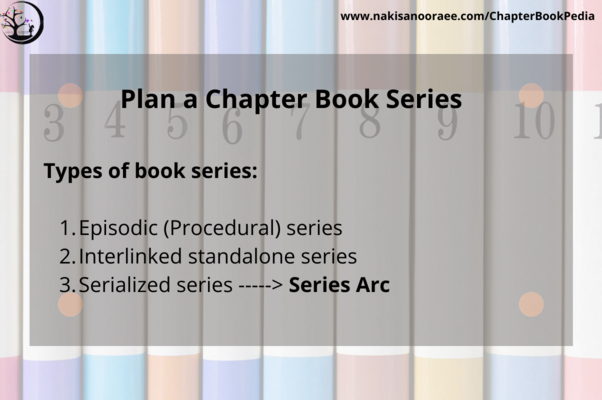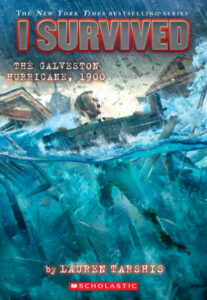You may have heard that chapter books, unlike any other category of kid’s books, should be pitched, and hopefully sold, as a book series proposal. The first question is how to plan the serious. The answer depends on the type of book series you want to write.
Let’s explore book series types first and then discuss Series Arc.
Type of book series
There are three types of book series:
- Episodic (Procedural) series
- Interlinked standalone series
- Serialized series
We will look closer at each type:
Episodic (Procedural) series
Each book of an episodic series has its own Narrative Arc (Beginning-Middle-End) and the reader doesn’t need to follow the order of books to get the story. In adult books categories, criminal series or detective series are the best examples of this type. Remember Sherlock Holmes or Hercule Poirot. The detective character stays constant all over the episodes. So, there is no need to follow any order! 
Episodic series has the potential to carry on for many volumes. To write a new book/screenplay, the author needs to come up with a new story idea. Because the characters are static, the series doesn’t need to have a Series Arc.
In chapter books, this type is the predominant type. As an example, consider the Magic Tree House series written by Mary Pope Osborne. More than 50 books of the series have been published and the year 2022 marks the 30th anniversary of publishing the first book of the series.
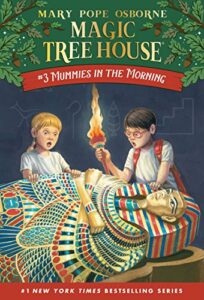
Interlinked standalone series
This category is similar to episodic series. It consists of a series of standalone novels, linked by setting, theme, or characters. Yet, unlike the episodic series, the series is more flexible. For example, if the series is connected by characters, the secondary character of one book becomes the main character of another book of the series.
Or, the theme can interlink the series. SHE PERSISTED series is a chapter book series example. Each book has a different character(s) and a different setting. The theme—persistence—interlinks the books.
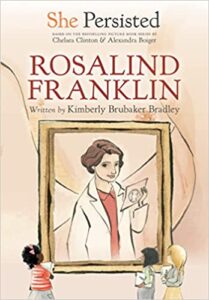
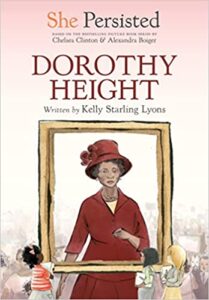
Another chapter book series example of an interlinked standalone is the I SURVIVED series written by Lauren Tarshis. Each book is about one disaster, with different settings and characters. Yet, the theme—surviving a disaster—defines the series.
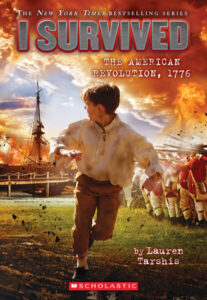
Serialized series
As the name indicates, each book is one section of a larger story and the books have to be read in order. In adult books, fantasy and historical fiction which come as a series are the best examples.
The Harry Potter series is a brilliant example.

I haven’t found any chapter book series of this type. If you know any, please let me know in the comments.
Writing a serialized series is not only about outlining an order for the events. Such a series needs a Series Arc which I explore in the next section.
Series Arc
The narrative Arc (or Story Arc) is the path the story follows. There are different types of Narrative Arc: 3-act structure (Beginning, Middle, End) is the most famous and the most favorite one. In medias res and Freytag pyramid are two other paradigms. A manuscript without a Narrative Arc is not a story.
A story may or may not have a Character Arc. The Character Arc is about the transformation of the character (either positive or negative) or the way the character shapes the world around her (flat-arc character). Depending on the story and the target audience’s age, one or more characters may have a Character Arc.
Series Arc is a different thing. A Series Arc is the trajectory of the overall series, from book one to the final volume. A series Arc is NOT a replacement for the Narrative Arc of each book. Each book’s Narrative Arcs is a subordinate of the Series Arc.
The other difficulty is raising and maintaining the tension in the series.
A Series Arc is (loosely) similar to the Narrative Arc, only on a larger scale. Book one of the series introduces the setting and the Inciting Incident and more importantly the Story Question (or Dramatic Question). Books two, three, etc… raise the tension and give some answers about the Story Question, but not a certain clear answer. The last book is reserved for the Climax and Resolution. It answers the Story Question and the series finishes.
Let’s look at the Harry Potter series. Book one—Harry Potter and the Philosopher’s Stone— is the Beginning of the Series Arc. It introduces the entire setting of the story world: Harry and other characters, Hogwarts (story setting). We read the Inciting Incident—Harry learns he is a wizard and goes to Hogwarts. This first book fulfills the main task: establishing the Story Question of the series: would Harry be able to defeat Voldemort?
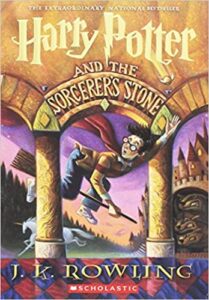
The next five books are devoted to the character’s transformation. Without transforming characters, why would people be interested in reading the next book? We have many Character Arcs: Harry, Ron, Hermine, Draco, and … and the best Character Arc ever was Neville Longbottom. These five books form the Middle of the Series Arc. In Middle, the tension raises and raised and the readers are prepared for the Climax.
The seventh and last book is the End of the Series Arc. The battle between Harry and Voldemort which we have been waiting for in the six previous books happens finally. This is the Climax of the series. Harry overcomes Voldemort and destroys the last Horcruxes. Voldemort is forever defeated and this is the resolution of the series.
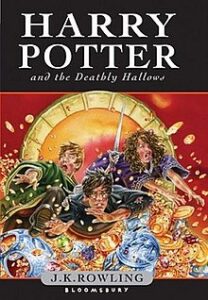
In writing one book, we should intertwine the Narrative Arc and the Character Arc. Each of the Harry Potter books has its own Inciting Incident, Story Question, and Climax.
In writing a series, three elements should be intertwined: Story Arc, Character Arc, and the Series Arc. How to do this? Well, there is no certain answer to this.
The best suggestion I read was to loosely outline the Series Arc first. Next, outline each book individually. Then, go back to the Series Arc and see how the events of each book work with it. And, then start writing the books!
I write regularly blog posts about the craft of writing children’s books. PictureBookPedia is all about picture books and ChapterBookPedia is all about chapter books. My quarterly newsletter sends the list of new blog posts to your inbox.
